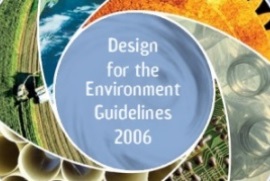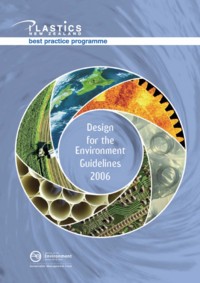Basic Design Rules

When developing products design principles should be used to produce a good quality, desirable and cost-effective product that also has a reduced impact on the environment. Design for the Environment considers the impacts of a product over that product’s entire life cycle: from raw material extraction to manufacturing, to use and, finally, to its end of life. By thinking about the life-cycle impacts of a product at the design stage, product developers can identify opportunities for changes that will reduce the environmental impacts of the product they create.
Key things to consider when designing a plastic product:
- The scale of production (1 – millions)
- Budget for research and tooling development
- Processing method – injection moulding, extrusion, blow moulding, thermoforming, foaming and rotational moulding.
- Material selection – density, thermal conductivity, mould shrinkage, compressive strength, chemical resistance, heat resistance, food grade
- End use performance requirements of the product
- End of product life options – 12 design guidelines for Sustainable Plastics
12 Design Guidelines for Sustainable Plastics
- Avoid using more than one type of Plastics
- Check compatibility – plastics, labels, foils, caps, adhesives
- Use colourants sparingly
- Always use Plastics Identification Codes
- Disassembly – ease of emptying, use snap fittings or break points to replace component or separate for recycling.
- Avoid secondary finishes and coatings
- Avoid composite materials
- Avoid metal foils, components and fasteners
- Avoid toxic additives
- Don’t over specify or over order
- Establish possible reuses
- Provide clear information on recyclability to end user
If you are developing a product and need more information contact one of our members or we recommend “Know Your Plastics” published by the Plastics and Chemicals Industries Association of Australia for detailed instructions. Please refer to the 'Reference Materials For Sale' to order for this book and others that are available to purchase.
 The Plastics New Zealand Design for Environment Guide (DFEG):
The Plastics New Zealand Design for Environment Guide (DFEG):
Plastics New Zealand produced these Design for the Environment Guidelines to assist companies to implement real design for the environment. The guidelines were a first for New Zealand industry, leading the way for plastics with specific guidelines on packaging, electronics, construction and agriculture. A copy of the Guide can be downloaded here...




